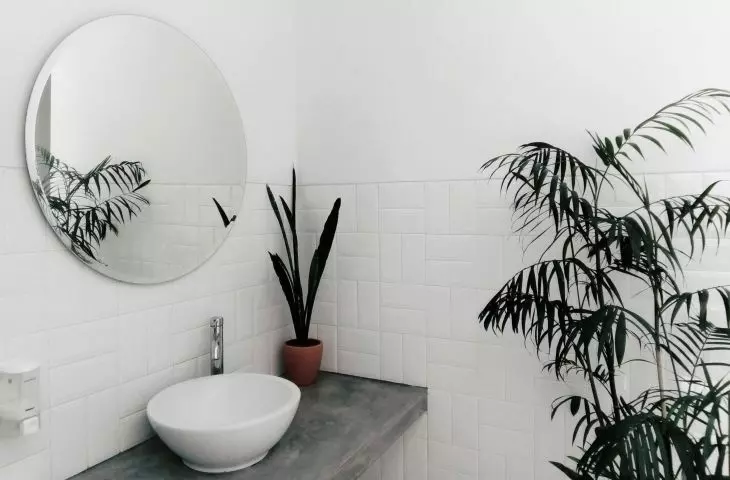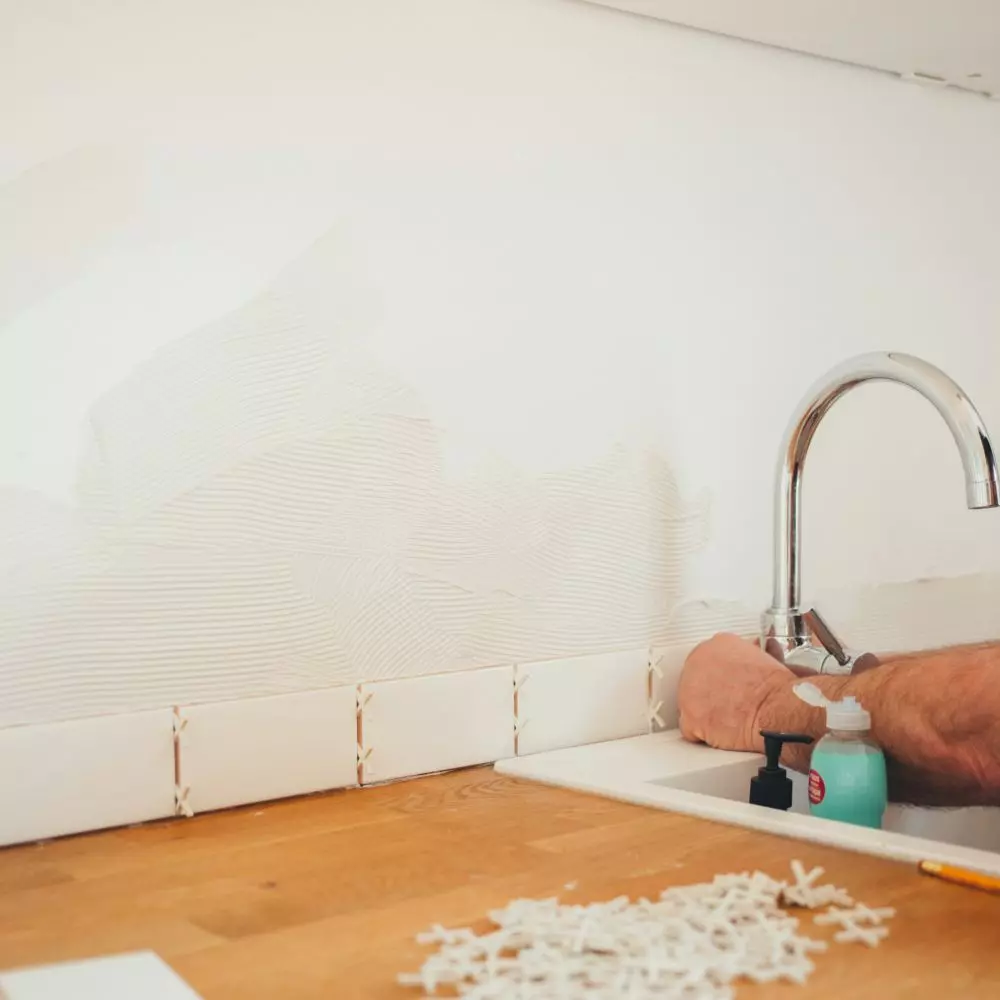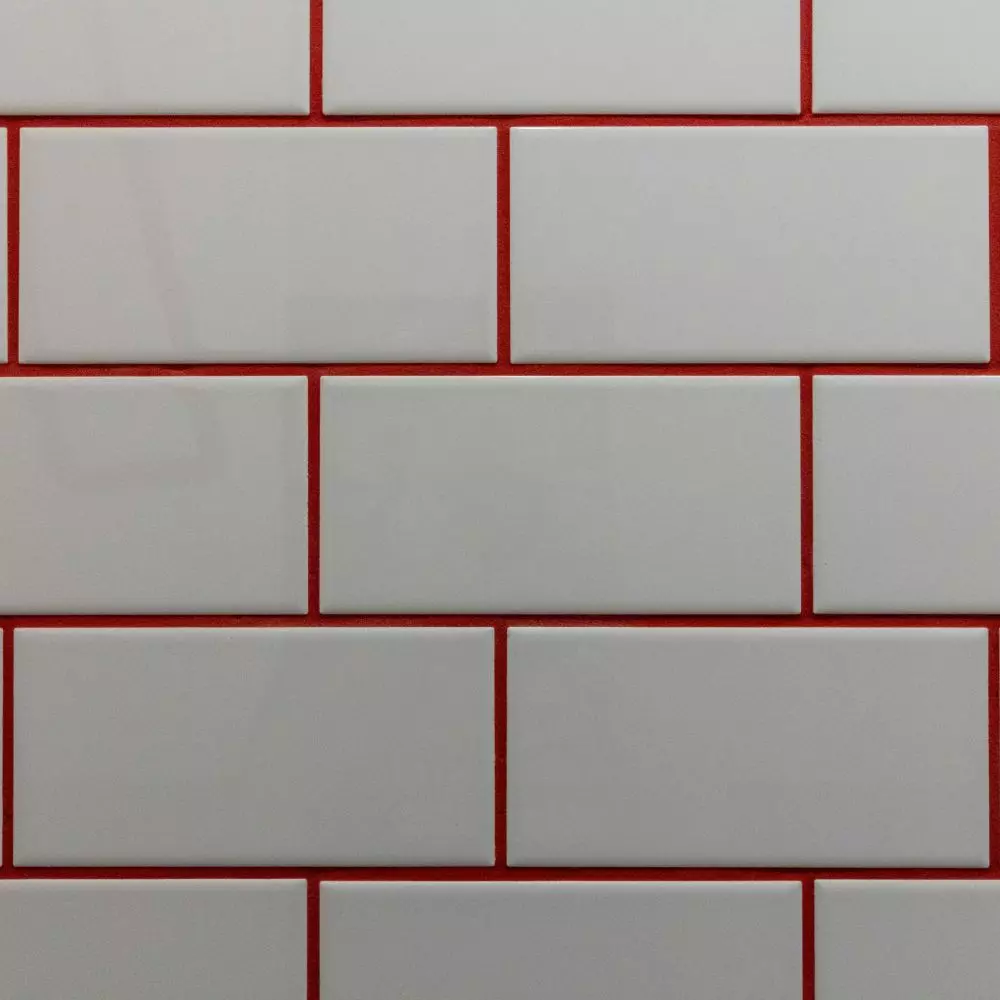Choosing the right grout is a key part of a renovation of a kitchen or bathroom. Grout not only connects tiles and protects them from moisture, but also affects the aesthetics of the entire room. Today we will tell you how to choose grout — both its type and color. Read on!
Grout for tiles — which one to choose?
There are different types of grout on the market, which differ in composition, properties and purpose. Each of them can perform better in different conditions. What is worth knowing about them?
-
Cement grout — it is the most common and economical choice. Cement grouts are easy to apply and work well in most interiors. Their main advantage is their affordable price and wide range of colors. They are suitable for areas that are not exposed to direct contact with water.
-
Epoxy grout- it is characterized by exceptional resistance to moisture, stains and chemicals. It is an ideal choice for kitchens, bathrooms and public areas where floors are exposed to heavy use and frequent cleaning. Epoxy grouts are more difficult to apply than cement ones, but their durability and resilience compensate for this effort.
-
Acrylic grout — it is a flexible acrylic-based material that is waterproof and available in a variety of colors. It is also relatively easy to apply and maintain.
-
Silicone grouts — they are flexible and made from silicone. These grouts are waterproof and work well in areas exposed to moisture, such as showers and baths. Their flexibility allows them to compensate for movements of the substrate.
Choosing the right grout and its proper placement has a major impact on the aesthetics and durability of the entire surface
Photo: charlesdeluvio © Unsplash
How to choose grout for tiles?
Grout selection is a dilemma often faced by people who are just decorating or renovating their house or apartment. What grout size should you choose? Should the grout be darker than the tiles? What grout should you choose to make the whole thing look its best? Well... it depends!
You can choose the color of grout according to the style in which the interior is decorated. For example — modern arrangements often use minimalist, bright colors, so white or gray grout will fit perfectly. Warmer shades, such as beige or brown, may suit rustic or classic interiors.
Remember that grout can affect the final character of a room. When choosing a color, consider whether you want it to be a subtle background or a distinctive accent. Also think through what effect you want to achieve.
-
Monochromatic effect - if you want a consistent look, choose grout in the color of the tiles. This will create a monochromatic surface that is elegant and harmonious.
-
Dynamic contrast — sometimes it's worth taking a risk and choosing a contrasting grout color. For example, dark grout for light tiles or light grout for dark tiles can make the surface more interesting.
-
Subtle decoration — grout is also available in decorative versions, with a metallic, glitter or marble effect. This is a great way to add character to an interior.
Keep in mind that light-colored grout can be more challenging to keep clean — any dirt will be more visible on it. If you are worried about keeping it clean — choose a darker color. It will be easier!
If you don't know what color of grout to opt for, you can use a grout template. This will allow you to apply each grout color directly to the tiles of your choice and see if it will match them.
How to choose grout for wood-based tiles?
What tiles usually generate the most problems in terms of grout selection? Wood-based tiles! Should the grout be brown? What shade should you choose? Tiles that imitate wood are usually not uniform, so the choice of grout can be difficult.
Brown grout is a good clue. Choose a grout that is a few tones darker than the tiles. A less obvious choice for woodgrain tiles may be gray grout - it will give you an interesting contrast and an effect that is great for modern or loft bathrooms.
When it comes to grout and tiles, color combinations can sometimes be completely unusual
Photo by Mick Haupt © Unsplash
How to lay grout? Short step-by-step instructions
Laying grout is a process that requires a lot of precision and patience, but it can be handled even by a person who does not have much experience in this type of work. Learn all the steps you need to keep in mind.
-
Prepare the surface - make sure the tiles are clean and dry. Remove any residual glue or other debris.
-
Grout preparation - prepare the grout according to the instructions on the package. Mix it thoroughly to get a uniform consistency.
-
Application of grout- using a rubber tray or special spatula, apply grout to the tiles. Try to fill the gaps evenly.
-
Smoothing the grout — using a sponge and or a damp cloth, smooth the grout, removing any excess. Do this gently so as not to damage the tiles.
-
Cleaning — after the grout has set (usually after about 20 minutes), wipe the tiles with a dry cloth to remove grout residue.
And there you have it! Your tiles are ready!
What to keep in mind when choosing grout for your tiles? It is certainly important to choose the right type of grout — if you choose the wrong type for a room with high humidity, the grout can quickly begin to crack and crumble. And the choice of color? That's a completely individual issue!
We have more tile tips for you





























